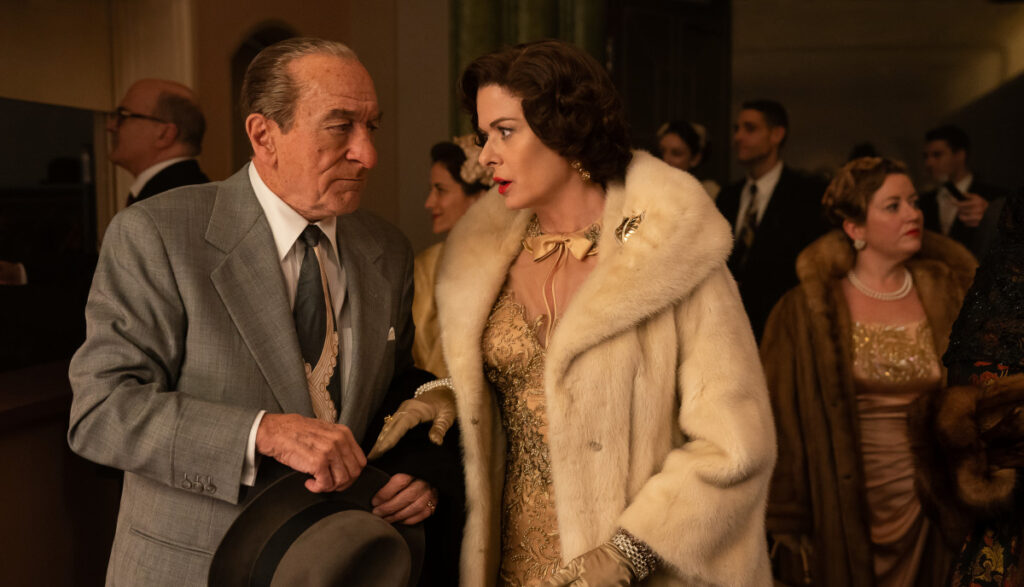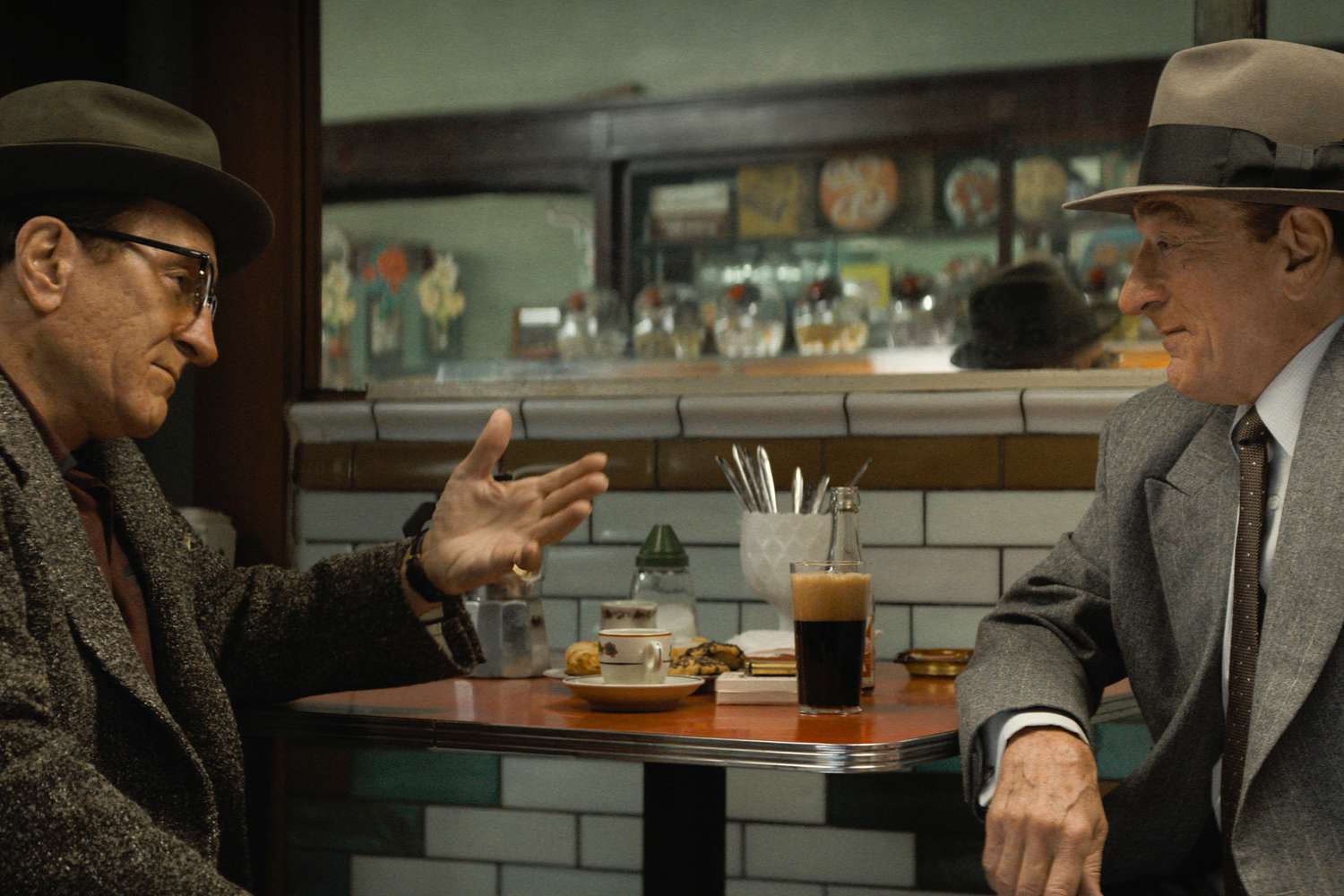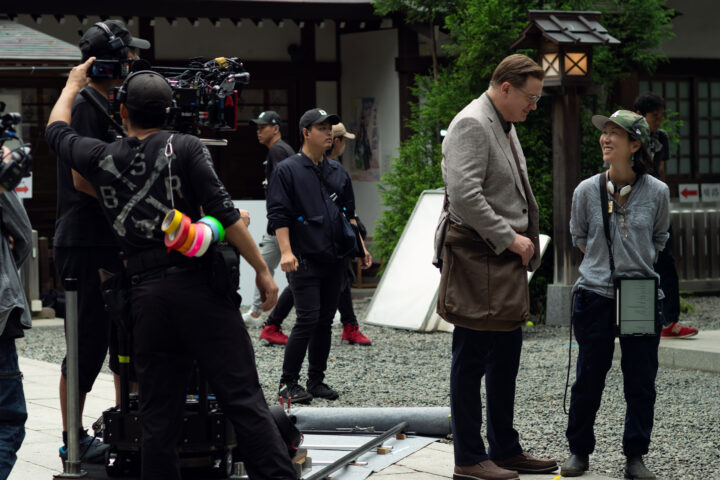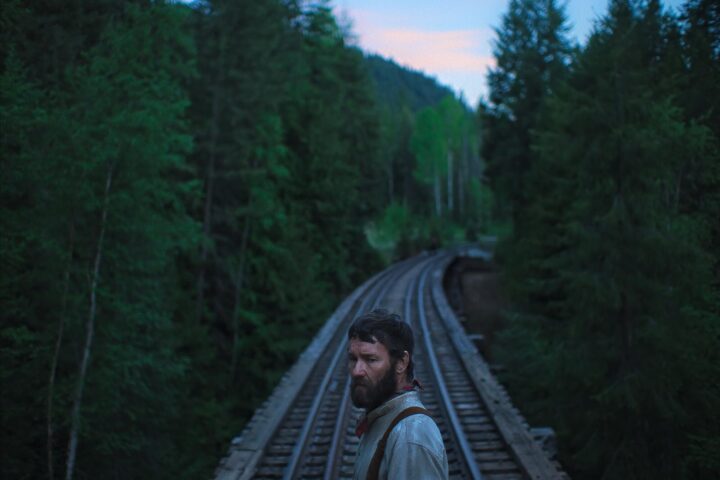From its well-cut trailer, The Alto Knights appeared to have all of the requisites of a good studio entertainment—Oscar-winning director Barry Levinson helming, star Robert DeNiro back in beloved mafioso mode and screenwriter Nicolas Pileggi (Goodfellas, Casino, The Irishman) penning another true tale of wise-guy intrigue. Yet watching The Alto Knights you’ll be baffled as to how this trinity of talents failed to find the pulse of what should have been a slam dunk, delivering instead a familiar surface job. The movie’s cleverest touch is having its game star deliver a compensatory dual performance, and let it be said that he plays both roles with distinction.
But it’s Levinson and Pileggi who seem at remove in telling the story of famed warring mob bosses Frank Costello and Vito Genovese, the picture fearing few of the hallmarks of Pileggi’s incisively journalistic voice. Where is the grit, darkness and flashes of gallows humor? This ostensibly substantive real-life tale of immigrant buddies who would become enemies in Cosa Nostra has little dramatic momentum and, at just two hours, is so slowly paced it feels far longer than Scorsese’s 3.5-hour The Irishman.
The picture opens with a botched hit circa 1950s Manhattan after an acrimonious falling out between both men, only to statically flash back to their early years as New York Italian immigrants who, as members of the Luciano crime syndicate, eschewed prohibition-era bans to run a successful booze business. The pair are staples at The Alto Knights Social Club, a Little Italy front for bootlegging and organized crime.
But their adolescent and young adult friendship frays after Vito, who disappears to Italy in the 1940s to evade the law, returns to New York claiming Frank has pulled a fast one on their profits. Vito, a ruthless and power hungry gangster, is the temperamental opposite of refined Frank, himself a diplomatic and politically connected power broker. After Vito unsuccessfully hires an inept henchman to take Frank out, the story sets up what promises an epic showdown.

Not so fast. As Frank moves away from Vito by refusing to run hard drugs, Vito becomes aggressive and violent—yet dramatically, there’s little meat on this bone. This plods along for a good hour, their relationship deteriorating after Frank, at the urging of his wife, Bobbie (Debra Messing, wasted), decides to retire from the racket. Adding insult to injury, he also testifies in front of the Senate’s Kefauver Committee hearing (in real life TV cameras only filmed his hands), putting Vito at ill-ease that he might be in the feds’ pocket. Meanwhile, Vito gets married to (and promptly bilks) tough nightclub proprietor Anna (Kathrine Narducci).
This is almost all rudimentarily told; dutiful even. The second half picks up slight momentum in an extended sequence during the gathering known as the Apalachin Meeting, a 1957 summit of mob leaders in upstate New York which yielded scores of arrests to become a major turning point in the government’s understanding of organized crime’s expansive reach. While not on record, the movie suggests Costello snitched to law while saving himself (amusingly making multiple coffee stops en route and even lollygagging at an apple orchard to be coincidentally tardy). Proficient as this sequence may be, the movie then directly lapses back into obligatory falling action that finds both men, years on, face-to-face in a prison cell.
Levinson, who made a splendid mobster movie with 1991’s Bugsy, hasn’t got much to work with this time. The best part of The Alto Knights is a game DeNiro, so there’s merit in the acting challenge given that no one plays a mobster better; that’s not nothing. And the star has a ball playing Costello as a mannered man of finesse, committed to his wife and “family”—which includes a pair of tiny Pomeranian pups (DeNiro’s real life companions) outfitted in fur coats and discussed at length in one bizarre exchange. And as Genovese, DeNiro cuts loose under prosthetics, raging and gesticulating, entertainingly explosive as, one might say, the great Joe Pesci.
However, the double performance notion remains a novelty; while DeNiro draws fine distractions between Costello and Genovese, we know we are watching a stunt and the movie becomes, in a sense, more about DeNiro than its subject, especially when both characters sit opposite each other. Were stand in actors in place and the scenes shot twice? Did DeNiro perform against thin air? If so, how did acting minus a co-star impact his performance? Such questions supersede (and are more interesting than) what’s onscreen.
Levinson leans so heavily into B&W period photographs to tell the early story—many AI-enhanced to include history and youth—that the device quickly becomes inert, a hackneyed expositional device meant to compensate for a lack of drama (and it feels like a history doc). Throughout, title cards keep randomly popping up to announce dramatic incidents (the movie is loaded with them in lieu of actual plot). Add to this a host of awkward, fade-to-black scene endings and you get a movie that feels cobbled toward coherence in the edit.
Convoluted and inconsequential, The Alto Knights is primarily about a big star doing a twilight riff on exactly how we know and love him. On that score, it’s passable—but as a film it’s shockingly forgettable.
2 stars



